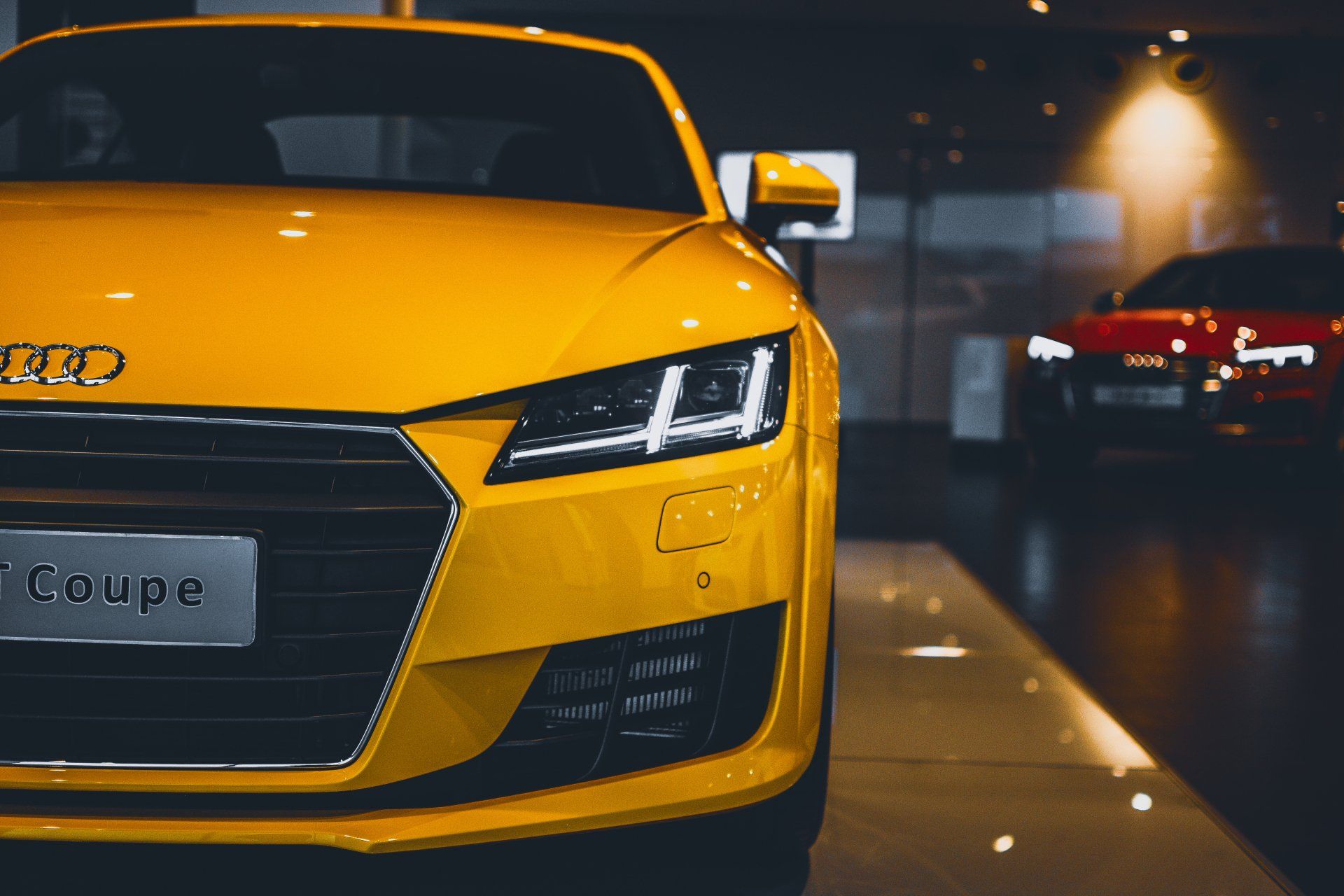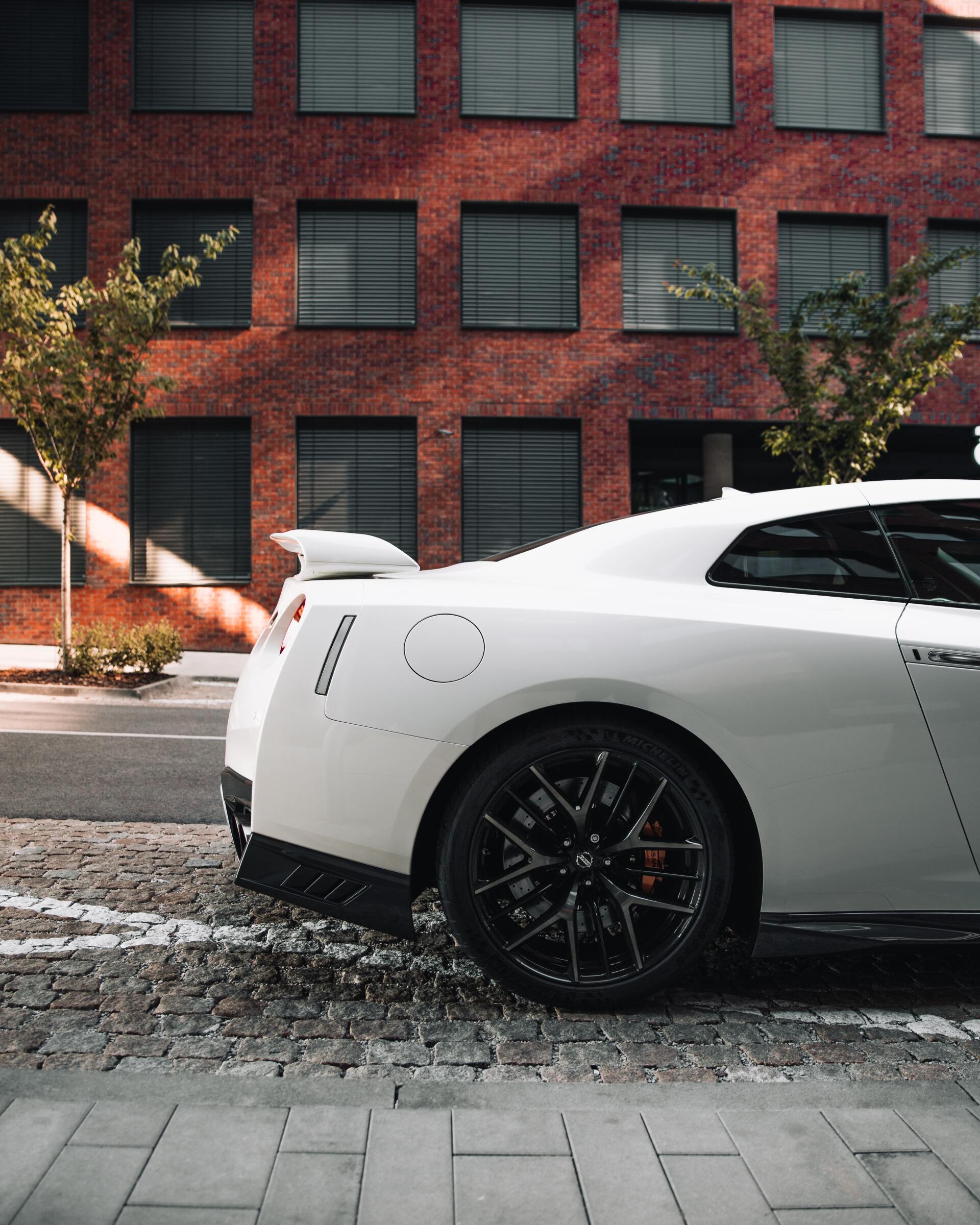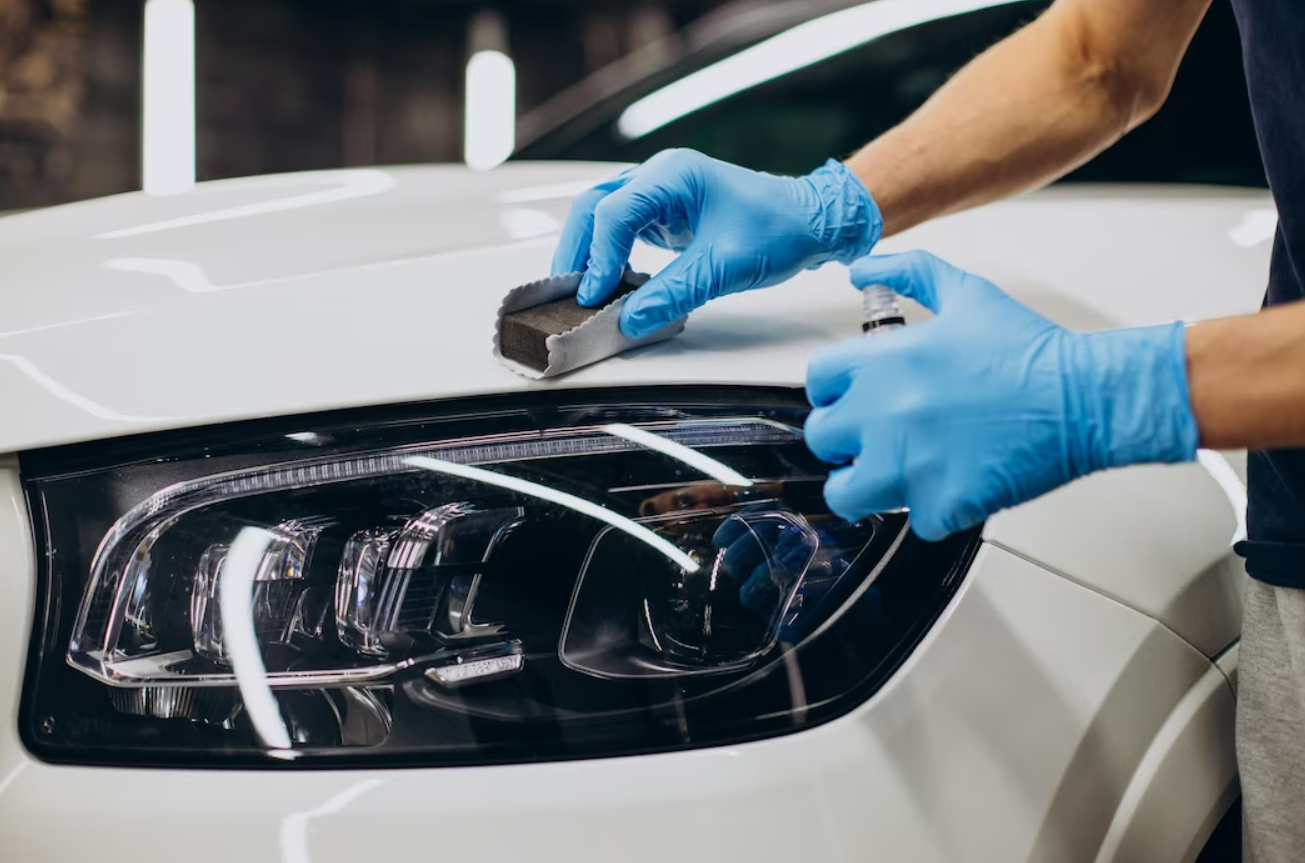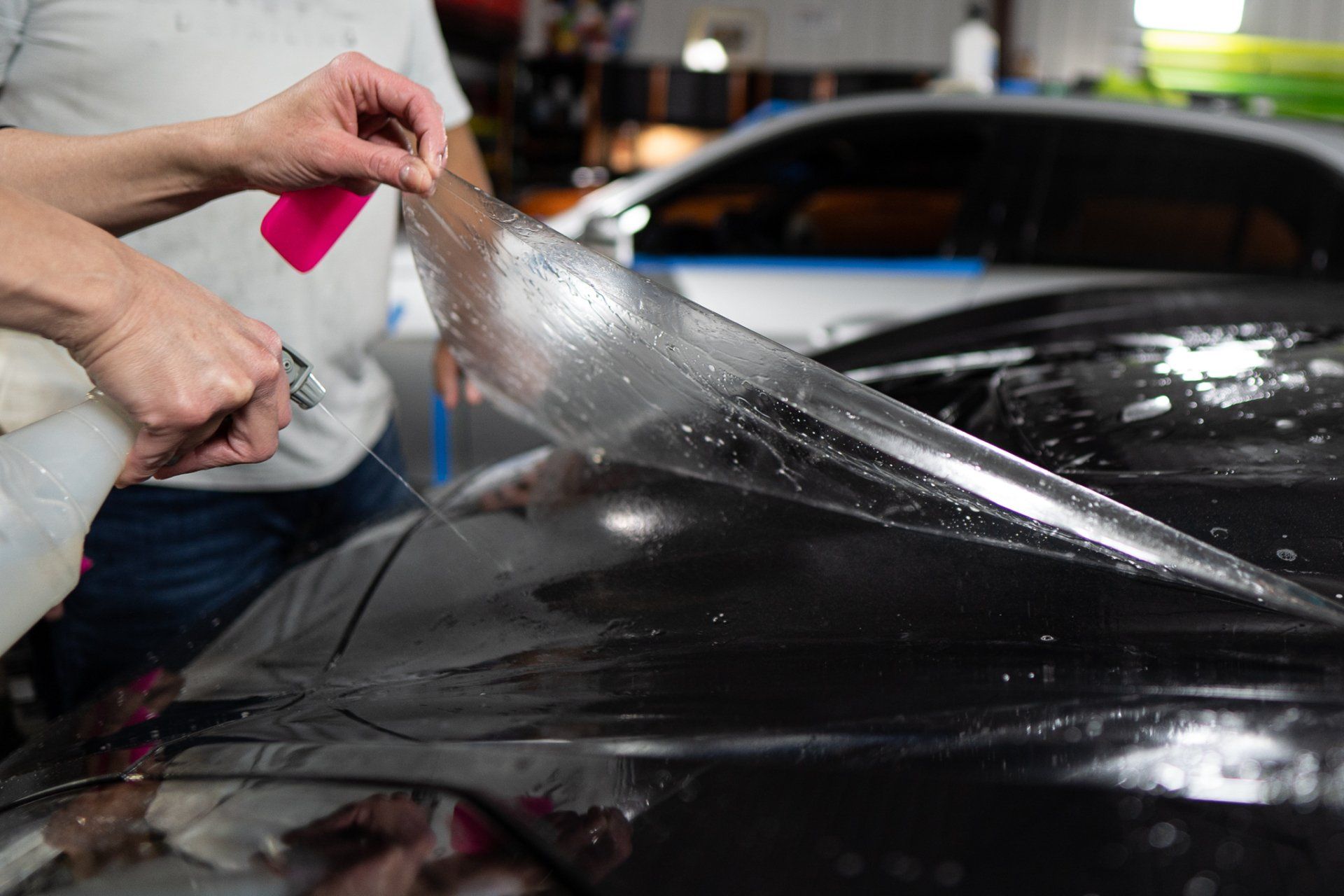If you're here because you Googled "how to get stains out of car seats," we might have a solution for you. Whether it's coffee that spilled over when you hit a bump or yogurt that a kid wiped onto the car seat fabric or a portion of chewing gum; you can remove minor stains, and any lingering smells with a little know-how at home and reserve the big stains for a professional car cleaning company. Here we take you through a few easy and inexpensive ways to remove stains from your car seat fabric.
Ways to Get Stains Out of Fabric Car Seats
Your car's stains and spills are unsightly and can ruin the upholstery fabric. Don't buy time, as the odors will set in, and the stains will become difficult to remove. Try out these simple but practical tips to get rid of small stains in your car seat.
1. Pre-clean the car
The first order of business is to vacuum clean the car. Attach the stiff brush to the vacuum cleaner and remove loose dirt, particles, food, and other foreign materials.
2. Club soda
Did you know that club soda is good for more than just mixing cocktails? Club soda is a potent solution that can help clean fabric car seats. Also referred to as carbonated water, club soda contains potassium bicarbonate and potassium citrate, two minerals that can do magic on your car's seat. Club soda works best to clean up minor stains, not heavy-duty interior cleaning.
Here’s how to use this car seat stain remover:
Open and pour club soda into a spray bottle, then spray the solution into the car seat fabric. Grab a scrub brush and gently work the soda into the fabric to loosen up the dirt. Finally, wipe away the soda and remaining moisture with a clean towel. All you need to do is clean fabric car seats with club soda!
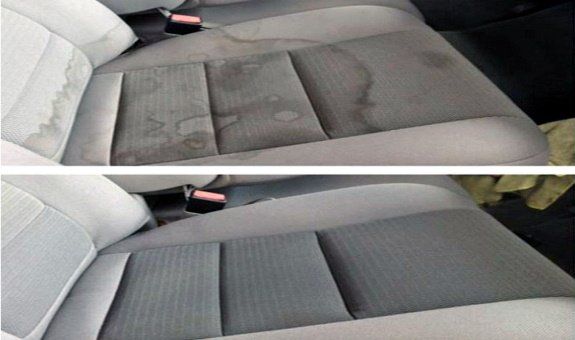
3. Use vinegar
Vinegar is a multi-purpose solution that can help you remove stains from car seats. It costs less than professional interior cleaning products but still yields almost the same results - a clean surface. You can create a solution by mixing one gallon of hot water with 1 cup of vinegar. Add a little dish soap to the mixture. Next, pour a few drops of the vinegar solution into the affected cloth seats and let the mixture seep right into the fabric. To remove any soap residue, pour warm water over the affected area and wipe off the moisture with a clean microfiber towel. Scrub the area with a soft bristle brush and watch the stain disappear.
4. Use baking soda
Have a nasty stain that won't fade? Try using baking soda, a cheap but effective cleaner, and deodorizer. You can get it from your local store. Pour a 1/4 cup of baking soda into a bowl, then mix it with warm water. Apply the solution to the area with stained fabric, then use an old brush to work it in circular motions, ensuring bristles work the stain out. For more stubborn stains, allow the solution to settle into the stain for 30 minutes, then try to scrub it. Moisten a clean cloth and use it to wipe off any residue on the car's interior.
5. Laundry detergent
You have two options to remove car seat stains with detergent: a powdered detergent or a liquid detergent. Prepare a cleaning solution by mixing either with warm water in a bucket. Pour a bit of the solution right on the stain the leave it to settle. Avoid pouring a generous amount so as not to oversaturate the car's seat. Next, scrub the target area using a cloth, applying more pressure on the stain. Once the stain fades off, moisten a second cloth with cold water and then clean out any residue from the seat surface. Open the car windows and let the seat air dry.
6. Use a professional car seat cleaning product
We know you can create a concoction, but a better option would be to walk into the nearest store and buy a car upholstery cleaner. Unwrap, then apply the cleaner to the fabric as per the manufacturer's instructions. Don't apply more than is necessary. Leave the cleaner to sit on the car seat fabric for at least five minutes, then use a wet cloth to wipe the stained area. Work the cleaner in good and add more as needed until the dirt or stains disappear. If the stains won't come out, grab a soft-bristled brush and use it to scrub the area. Rinse off the area with warm water to remove any residue, then gently press a dry towel or cloth over the surface. Be sure to open the windows and leave them for an hour before entering the car.
7. Steam cleaning
If you have had little luck scrubbing the car seats, it's time to unless a formidable weapon - a steam cleaning machine. Steaming is a highly effective cleaning technique and can remove any stubborn stain, and lingering smells on dirty seats. How does it work? The steam machine blows hot water on the fabric and uses suction to dislodge grime. If the stain doesn't budget, try using the brush attachment. Open the car windows to let in fresh air once you're done.
Car owners who use this method can attest that steaming is hands down the best way to clean dirty fabric seats. After cleaning, you should notice a huge difference in your car's seat condition. Not just in the appearance but the refreshing smell. But first, you have to vacuum clean the cloth car seats to eliminate trash, debris, and loose dirt.
Need Help with Interior Detailing? Visit Vehicle Enhancement Automotive Detailing
Cleaning car seat stains isn't as difficult as it seems. With the right solutions, you can eliminate stains and odors. If you're busy or want to save time, you can bring your car to Vehicle Enhancement Inc for a much-needed wash. We provide interior detailing services to protect your car's inside. From leather seats to carpeting to the dashboard and even the console, we'll clean up the whole interior, including leather car seats, and ensure your car remains clean. We can remove tough stains, not just coffee stains—Call 937-296-0328 to speak to our car detailing experts or schedule a job online today.
